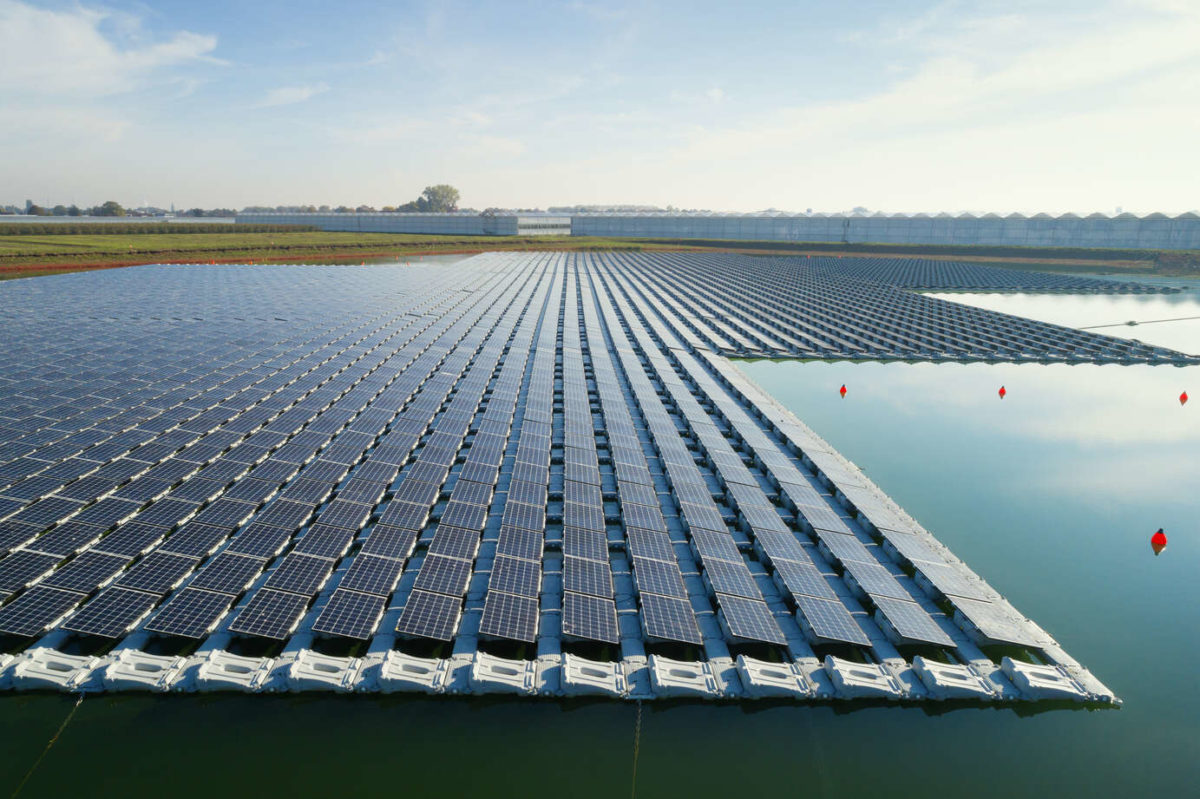US researchers from the University of Louisiana at Lafayette and scientists from the State University of Ponta Grossa in Brazil have developed four models to estimate the temperature of floating PV modules under various climate conditions, configurations, and locations.
They created a three-layer thermal model, a simplified thermal model, an empirical model, and a computational fluid dynamic (CFD) model. They applied the models to a single 330 W JA Solar module in a floating solar system on Passauna Lake in Brazil, between May 2020 and September 2022. The system has an installed capacity of 130 kW and occupies an area of 1,200 square meters.
The more complex thermal model studied the dynamic behavior of solar cell temperature in three layers of the module: front surface, cell surface, and back surface. The simplified thermal module considered the temperature of the module as a whole. The empirical model calculated the temperature of the back of the module using site data via least-squares regression analysis. The CFD modeling also determined the temperature of the back of the module using the finite element method (FEM).
The results show “a good correlation between the proposed four models and the actual data collected from the site with an [root mean square deviation (RMSD)] in the range of 0.5 C to 4.8 C,” the scientists said. The complex thermal model showed the best fit, with a RMSD of 2.04 C, followed by the empirical model at 2.27 C, the simplified thermal model at 2.89 C, and finally the CFD model at 3.26 C. However, the simplified thermal model showed the best results in terms of following the linear fit line of the module’s actual temperature.
The scientists also compared the efficiency of the floating solar module with ground-mounted systems, as modeled by Sandia National Laboratories. The results show that a maximum of 3% efficiency gain is possible, compared to the ground-mounted Sandia model.
“The effect of the water cooling plays an integral part in the efficiency increase of the [floating PV] module; as the cell temperature goes down due to water proximity, the efficiency increases,” the academics explained.
They shared their findings in “Floating photovoltaic module temperature estimation: Modeling and comparison,” which was recently published in Renewable Energy.
This content is protected by copyright and may not be reused. If you want to cooperate with us and would like to reuse some of our content, please contact: editors@pv-magazine.com.



I am waiting for the day it is applied.